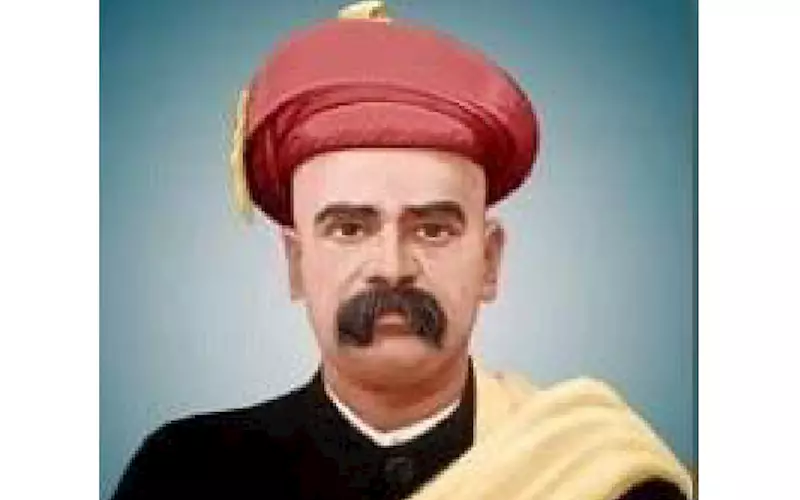Print quiz: Gopal Ganesh Agarkar
How well do you know Gopal Ganesh Agarkar (1856-1895), a journalist, educationist, reformer, secular-rationalist thinker and a printer? A unique PrintWeek quiz.
12 Feb 2020 | By PrintWeek Team & PrintWeek Team
Q: When was Gopal Ganesh Agarkar born?
PW: 14 July 1856 in Tembhu, four miles from Karad in Satara district.
Q: Why is Agarkar important?
PW: Along with Bal Gangadhar Tilak, he started the publication of Mahratta and Kesari.
Q: When were the two newspapers started?
PW: Mahratta on 2 January 1881, and Kesari on 4 January 1881 respectively, with Agarkar and Tilak as editors. The former was in English and was edited by Tilak, and the latter was in Marathi and was edited by Agarkar.
Q: Other than these newspapers what was Agarkar's connection with print?
PW: He started the Aryabhushan Press in Pune on 4 April 1880 along with Vishnushashtri Chiplunkar, Waman Shivram Apte, Bal Gangadhar Tilak and Ganesh Moreshwar Sohoni.
Q: How was Aryabhushan Press started?
PW: The Aryabhushan Press was started with a borrowed capital of Rs 4,500. The machinery was bought from Keshav Balaji Sathe.
Q: Was Sathe the owner?
PW: No. The press belonged to MB Namjoshi, who was the editor and proprietor of the Marathi newspaper Kiran and the English newspaper Deccan Star.
Q: What was the connection between Namjoshi and Sathe?
PW: Namjoshi has borrowed a loan from Sathe by hypothecating his press. When he could not make the repayments, Sathe seized the machinery in 1879. Since it was lying idle, he sold it to the managers of the New English School.
Q: What is the importance of New English School?
PW: To ensure education for all Indians, Vishnushashtri Chiplunkar, Bal Gangadhar Tilak and Agarkar founded the New English Society on 1 January 1880.
Q: Returning to print, were the newspapers Kesari and Mahratta a profitable venture?
PW: The first two years caused heavy financial losses. The two weekly newspapers incurred heavy expenditure to the tune of Rs 10,000. This was compounded by bad financial management of the Aryabhushan Press. The purchase of new machinery added to the liability of the already depleted resources.
Q: What did Agarkar do to pay the loan?
PW: In order to reduce the liability and pay the loan, Agarkar sold the copyright of his prison memoirs. To raise funds he also wrote and staged Vicarvilasit, a translation of Shakespeare's Hamlet.
Q: Till when did Agarkar continue to be the editor of Kesari?
PW: Agarkar was editor till October 1887. He started his own bilingual weekly, Sudharak in October 1888. The English section of Sudharak was handled by Gopal Krishna Gokhale.
Q: What was Agakar's journalistic motto?
PW: What ought to be spoken will be spoken, and what is possible, will be done!
Q: Besides journalism, what else is Agarkar known for?
PW: Agarkar was an educator. He, along with his academic colleagues in the New English School took the lead in founding the Deccan Education Society on 24 October 1884.
Q: Why is Deccan Education Society remembered?
PW: Fergusson College was established on 2 January 1885 under the aegis of the Deccan Education Society. (Trivia: The first principal was Vaman Shivram Apte, a lexicographer).












 See All
See All